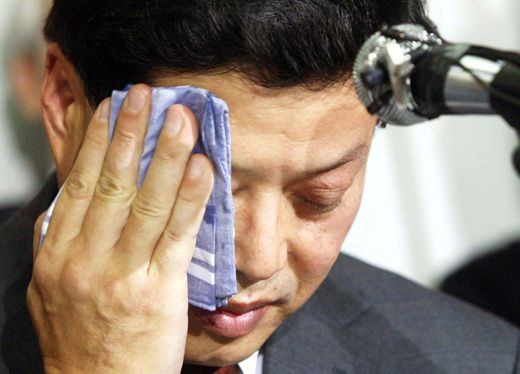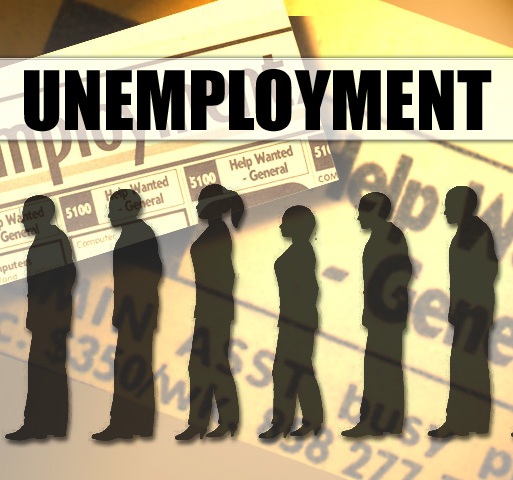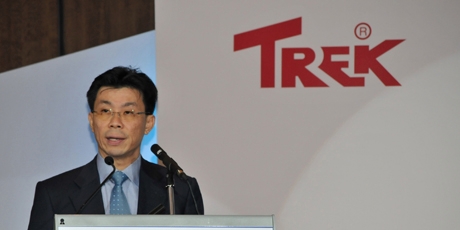
Coca-Cola is one of my favorite brands. After reading an external blog written by Brendan Miller (http://blog.armoryideas.com/2011/04/12/coca-cola-friendship-machine/), I am further impressed by Coca-Cola’s unconventional marketing efforts to create a strong relationship with its customers.
One of its recent marketing campaigns is about building a Coca-Cola Friendship Machine during the Friendship Day in Latin America. The vending machine is 3.5 meters tall, so friends need to cooperate with each other in order to climb up the machine and insert coins into the machine. The campaign successfully attracts a lot of passers-by who enjoy the fun of playing with their friends as well as take the advantage of the special 2 for 1 offer (one for themselves and one for their friends). 800 Cokes are sold in 9 hours on that day. That’s 1075% more sales than with a regular vending machine.
In my opinion, Coca-Cola uses reminder advertising as its promotional tool. Coke is a mature product. By using reminder advertising, it helps to keep the brand in the customers’ mind, and also remind people where to buy the product. Developing a friendship vending machine to help celebrate the Friendship Day is an amazing promotional tactic that narrows the obstacle between the product and the public. Customers may probably think about the product more often when they are interacting with their friends.








